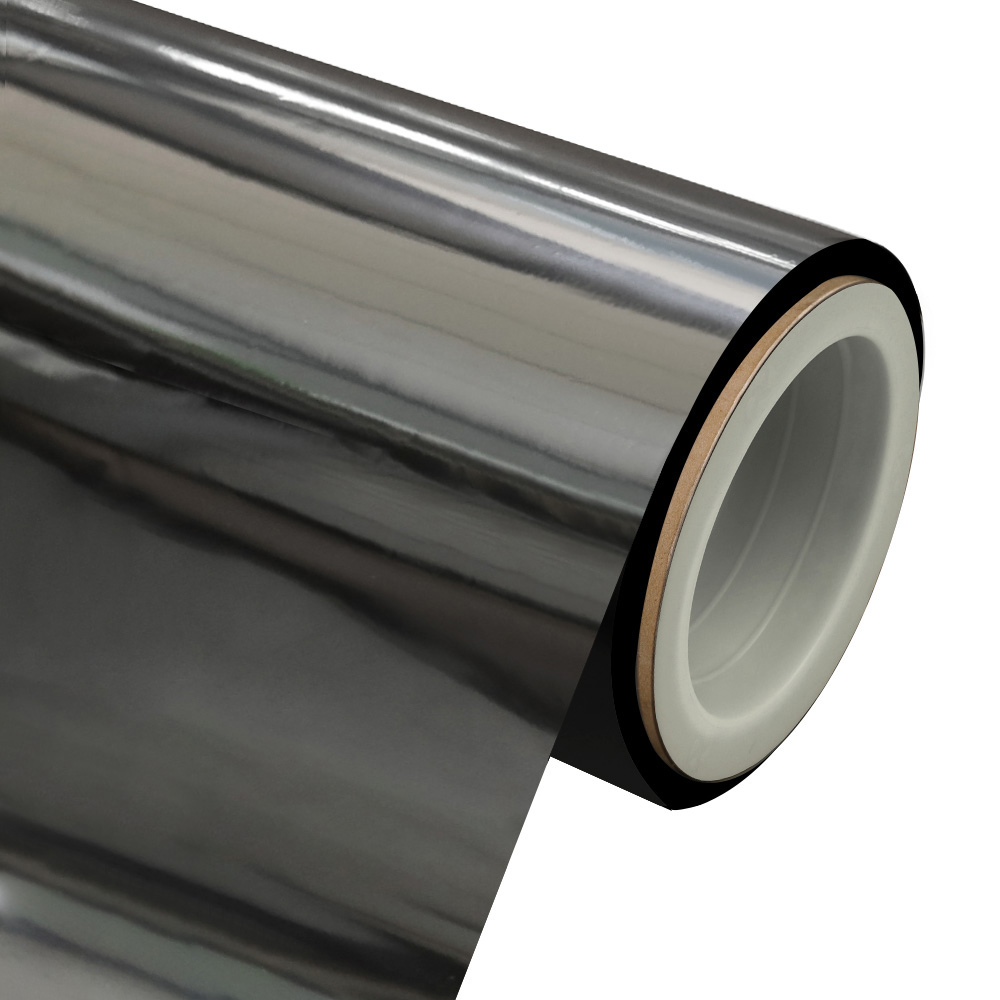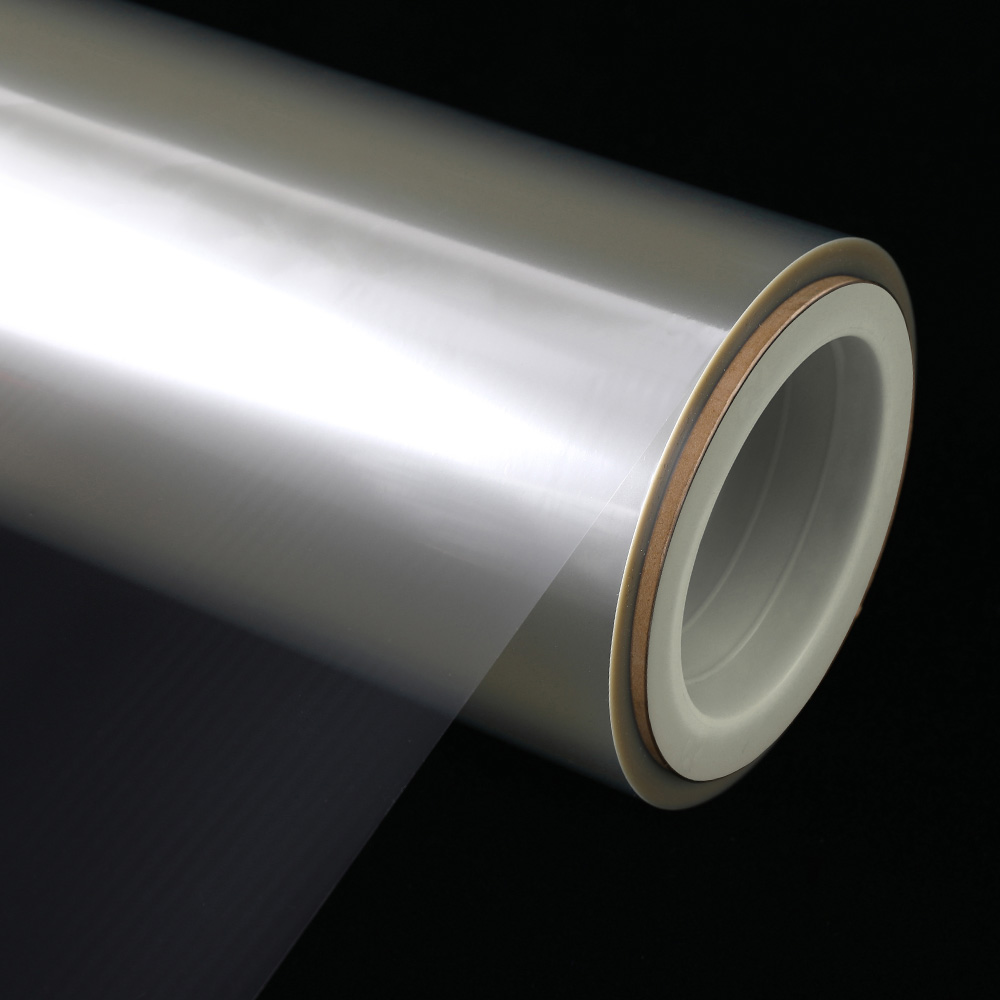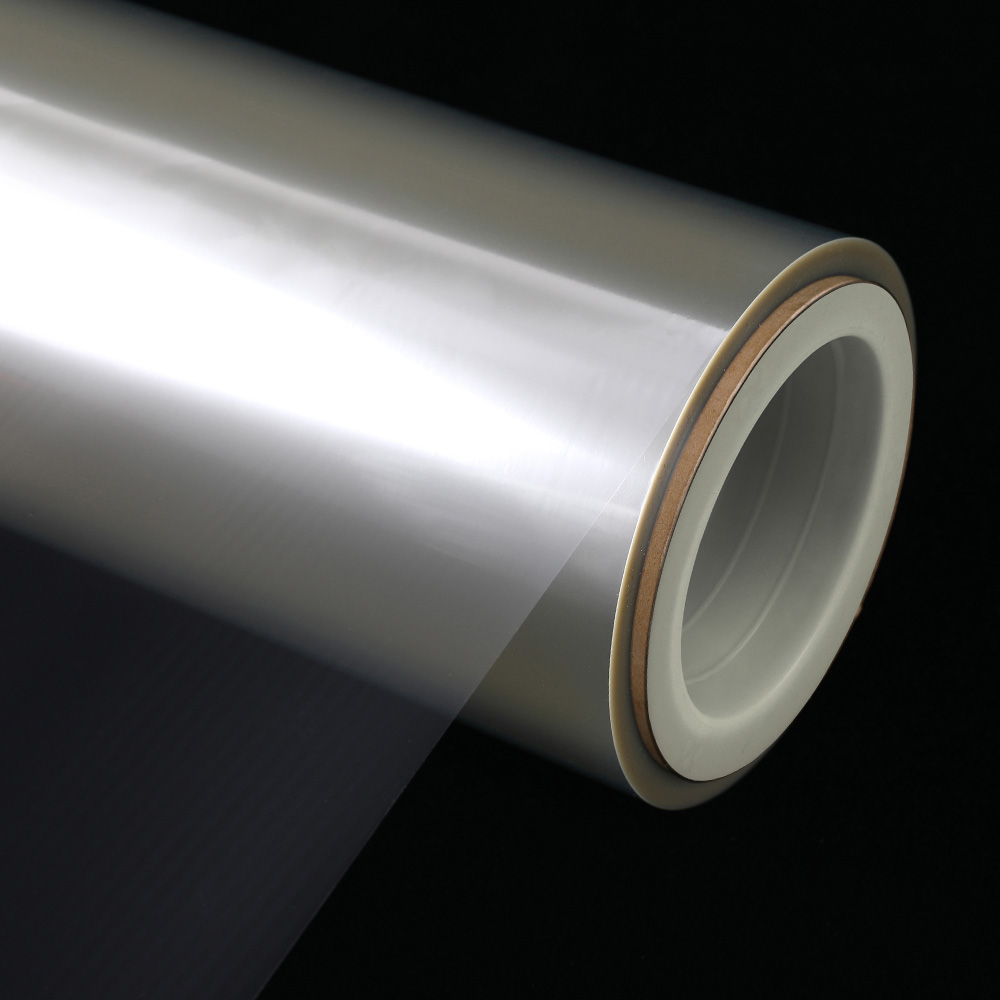Unveiling the Structure: What are the Layers of a Semi Metallized PET Film?
The semi metallized PET film is a cornerstone of modern industrial material science, finding critical applications from the food packaging that lines our supermarket shelves to the flexible electronics powering our devices. While often perceived as a simple, unified material, its performance and versatility are direct consequences of its sophisticated, multi-layered architecture. To truly understand its capabilities and specifications, one must first dissect its physical and functional composition.
The Foundation: The Polyester Substrate Layer
At the heart of every semi metallized PET film lies the base substrate, a biaxially oriented polyester film known as PET. This layer is not merely a carrier; it is the primary determinant of the film’s mechanical integrity, dimensional stability, and chemical resistance. The production of this substrate is a precise engineering process where polyethylene terephthalate polymer chips are melted, extruded, and then stretched in both the machine and transverse directions. This biaxial orientation aligns the polymer chains, resulting in a film with exceptional tensile strength, toughness, and clarity.
The polyester substrate provides the fundamental properties that make the final product so valuable. Its high tensile strength ensures that the film can withstand the rigors of high-speed converting processes, such as printing, laminating, and die-cutting, without tearing or elongating. Its dimensional stability is critical for applications like flexible circuits and precision labels, where even minor shrinkage or expansion under varying temperatures or humidity can lead to performance failure or misregistration. Furthermore, PET is inherently resistant to a wide range of chemicals and solvents, protecting the sensitive metallic layer from degradation and ensuring the longevity of the final product. The thermal stability of the substrate allows it to endure the heat encountered during metallization and subsequent lamination processes. For the buyer or specifier, the thickness of this substrate layer, often ranging from 12 to 125 microns, is a key selection criterion, directly influencing the film’s stiffness, barrier potential, and cost. A thicker substrate generally offers better mechanical strength and a more robust base for metallization, but it also increases material costs and reduces flexibility.
The Metallic Core: The Vacuum-Deposited Aluminum Layer
The defining characteristic of a semi metallized PET film is, unsurprisingly, its metallic layer. This is not a laminated foil but an ultra-thin, precisely controlled coating of aluminum applied to the substrate through a physical vapor deposition process. The term “semi” is crucial here; it refers not to the type of metal used, which is almost exclusively aluminum, but to the controlled, partial coverage and minimal thickness of this layer. The process occurs in a high-vacuum chamber where pure aluminum is heated to its vaporization point in the absence of air. The aluminum atoms then travel in a straight line and condense onto the cooler, moving polyester web, forming a uniform metallic coating.
The thickness of this aluminum layer is measured in angstroms, typically resulting in an optical density between 0.1 and 2.5. This precise control is what differentiates it from a fully metallized film. A semi metallized PET film is engineered to be transparent to specific forms of energy. For instance, in packaging, it provides an excellent barrier to oxygen and moisture while remaining transparent to microwaves, allowing for convenient microwave heating. In the electronics industry, this controlled thickness creates a specific surface resistivity, making the film effective for static shielding and EMI shielding without creating a perfect Faraday cage, which can be undesirable in certain applications. The partial metal layer also allows for unique functionalities like breathable electrodes or capacitive touch sensors. The quality of this layer is paramount; a high-quality deposition process results in a coating that is virtually free of pinholes, ensuring consistent barrier and electrical properties across the entire roll. The morphology of the deposited aluminum—its grain structure and adhesion—directly impacts the film’s performance, influencing factors such as its corrosion resistance and its ability to be effectively coated or printed upon in downstream processes.
The Critical Interface: The Corona Treatment Layer
While not a physical layer in the same sense as the substrate or metal, the surface treatment applied to the polyester film prior to metallization is a critical functional interface. Most commonly, this treatment is a corona treatment. This process involves passing the polyester substrate over a grounded roller while subjecting its surface to a high-voltage, high-frequency electrical discharge. This discharge ionizes the air, creating a plasma that bombards the polymer surface.
The primary effect of corona treatment is to increase the surface energy of the PET film. Polyester, in its native state, has a relatively low surface energy, which makes it difficult for liquids like adhesives, inks, or even the vaporized aluminum to wet-out and form a strong bond. The corona treatment oxidizes the polymer surface, creating polar functional groups. This greatly enhances the adhesion of the subsequently applied aluminum layer. Without an effective corona treatment, the metallic coating would be prone to delamination, cracking, or poor anchorage, leading to failures in barrier performance, electrical conductivity, or printability. For buyers, understanding that this treatment is a standard, yet vital, part of the manufacturing process is key to specifying a film with reliable and consistent performance. It is important to note that the effect of corona treatment can diminish over time, a phenomenon known as “aging,” which is why many converters prefer to process the film soon after its production.
The Protective and Functional Outer Layer: The Topcoat
In many advanced applications, a semi metallized PET film is supplied with an additional, functional coating applied over the metallized layer. This topcoat, or functional coating, serves multiple purposes and is often the differentiating factor for specialized films. The composition of this coating is tailored to the end-use requirement and can be applied via gravure, Meyer rod, or other coating methods.
One of the most common functions of a topcoat is protection. The thin aluminum layer is mechanically delicate and can be susceptible to oxidation or corrosion when exposed to certain environments, such as alkaline conditions or salty atmospheres. A protective topcoat seals the metal, enhancing the durability and chemical resistance of the film. Beyond protection, topcoats can provide specific surface properties. A heat sealable coating allows the film to be sealed to itself or other polymers using heat and pressure, a fundamental requirement for many flexible packaging structures. A primer coating is designed to improve the adhesion of inks and laminating adhesives, which is crucial for high-quality printing and robust multi-layer laminate construction. In electronic applications, a specialized insulating coating may be applied to prevent short-circuiting while still allowing the film to function as a capacitor dielectric or a sensing element. The presence and type of topcoat are therefore critical specifications that directly determine the film’s suitability for a given application, such as flexible packaging, labels and graphic arts, or insulation materials.
The Reverse Side: Treatment and Functionality
The non-metallized side of the film, often called the “backside” or “reverse side,” is also a subject of engineering consideration. While it remains the bare polyester substrate, it is frequently modified to suit downstream processing needs. A secondary corona treatment is often applied to this side to ensure that it interfaces effectively with other materials in a laminate structure or adheres properly to machinery during converting.
In more sophisticated film constructions, a separate coating may be applied to the reverse side. This could be a release coating for applications where the film needs to be easily separated from an adhesive, or it could be a functional layer designed for a specific interaction within a finished product assembly. The treatment of the reverse side underscores the fact that a semi metallized PET film is often a multi-functional component, engineered to perform reliably at every interface within a complex system.
How the Layers Work in Concert: A Functional Analysis
The true genius of the semi metallized PET film lies not in the individual layers, but in their synergistic interaction. Each layer compensates for the weaknesses of the others and amplifies their strengths, creating a composite material whose whole is greater than the sum of its parts.
The robust polyester substrate provides the mechanical backbone, but it is a poor barrier to gases and light. The ultra-thin aluminum layer solves this by providing an exceptional barrier, but it is mechanically weak and would be useless without the substrate to support it. Similarly, the aluminum layer can provide electrical conductivity, but without the protective topcoat, it could be easily abraded or corroded, leading to a failure in performance. The initial corona treatment ensures the aluminum adheres firmly to the substrate, creating a durable and unified structure. This synergy enables a single, thin material to simultaneously offer high tensile strength, excellent barrier properties, specific electrical characteristics, and reliable convertibility. This makes it an indispensable material for creating lightweight, high-performance, and cost-effective solutions. The following table illustrates how the layered structure contributes to key functional properties.
| Functional Property | Primary Contributing Layer(s) | Role of the Layer |
|---|---|---|
| Mechanical Strength & Durability | Polyester Substrate | Provides high tensile strength, puncture resistance, and dimensional stability to withstand converting and end-use stresses. |
| Gas & Light Barrier | Metallized Aluminum Layer | Creates a dense, partial shield that impedes the transmission of oxygen, moisture vapor, and light, preserving product integrity. |
| Electrical Conductivity | Metallized Aluminum Layer | Provides a specific surface resistivity, enabling functions like static dissipation, EMI shielding, and capacitive sensing. |
| Adhesion for Converting | Corona Treatment & Topcoats | Modifies surface energy and provides chemical anchoring points for strong bonds with adhesives, inks, and other layers. |
| Chemical & Abrasion Resistance | Topcoat & Polyester Substrate | Protects the delicate metal layer from corrosion and physical damage, ensuring long-term performance consistency. |
Conclusion: A Symphony of Engineered Layers
In conclusion, the semi metallized PET film is a masterpiece of material engineering, a laminate in the truest sense where each microscopic layer plays a deliberate and vital role. From the rugged polyester foundation to the precisely gauged metallic core, and from the invisible corona treatment to the versatile functional topcoat, every stratum is optimized to contribute to the film’s final set of properties. Understanding this layered structure is not an academic exercise; it is a practical necessity for wholesalers, buyers, and engineers. It empowers them to make informed decisions, to select the correct grade of film for a specific application, to troubleshoot production issues, and to appreciate the complex science behind this ubiquitous and versatile material. When one specifies a semi metallized PET film, they are not ordering a simple commodity, but rather engaging a sophisticated, multi-functional system designed for performance and reliability.


 English
English  中文简体
中文简体 





